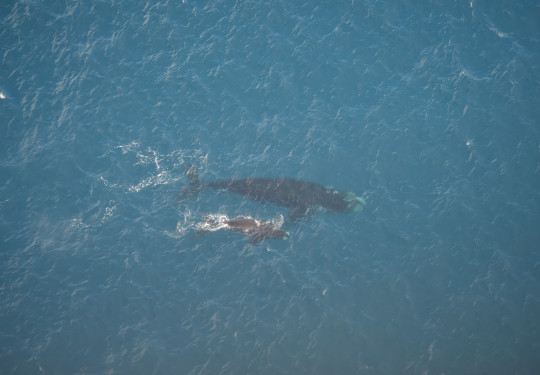Press the switch if you see a whale
How healthy is the Southern Right Whale population? It’s a question the Royal New Zealand Air Force helps the Department of Conversation to answer by providing the best view possible.
24 November, 2022
“Press the pickle switch if you see a whale!” is an important part of the brief for the crew of a P-3K2 Orion. The No. 5 Squadron crew could be out and about patrolling the Southern Ocean three times a year, and some missions have whale spotting on the agenda.
In a recent mission conducted at 1000ft over Campbell Island and the Auckland Islands, the crew observers spotted up to 50 southern right whales, logging the location of the sightings with the ‘pickle switch’ in three sub-areas around the islands.
The flight was an opportunity to count and collect identification photos of southern right whales at the Sub-Antarctic Islands for the Department of Conservation (DoC) at the end of the winter season, before the whales head to open ocean for the rest of the year. The information collected is vital for researchers to understand how the whales use the islands as their population continue to recover from whaling.
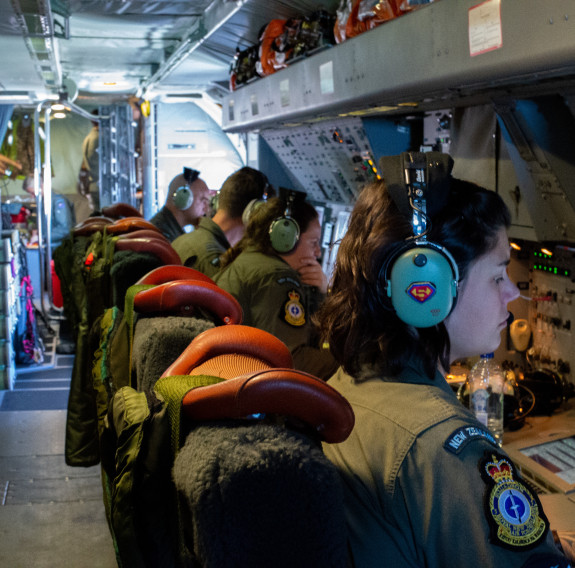
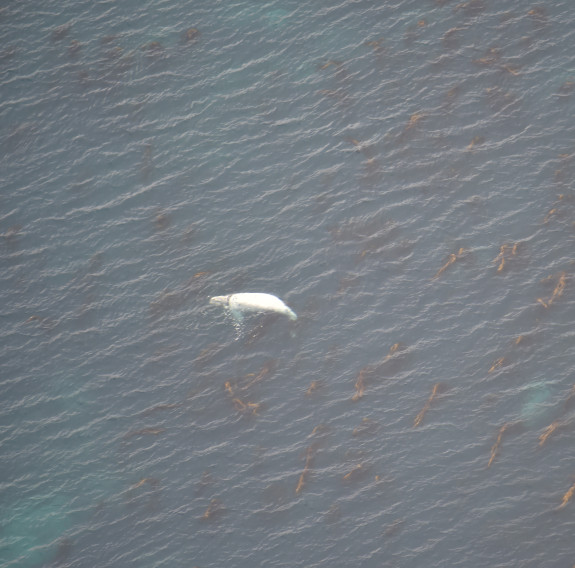
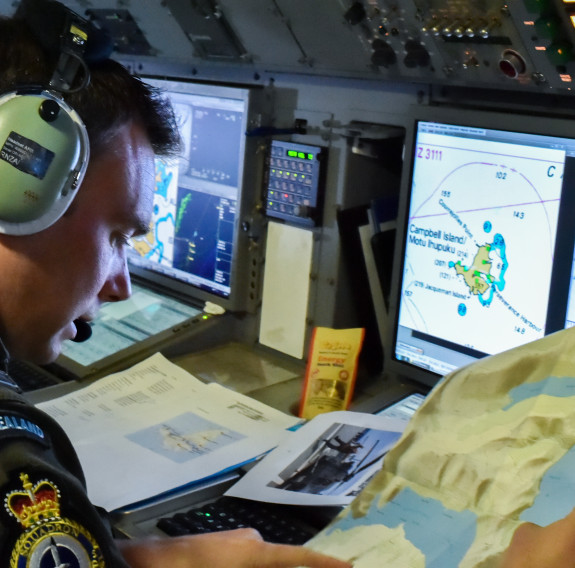
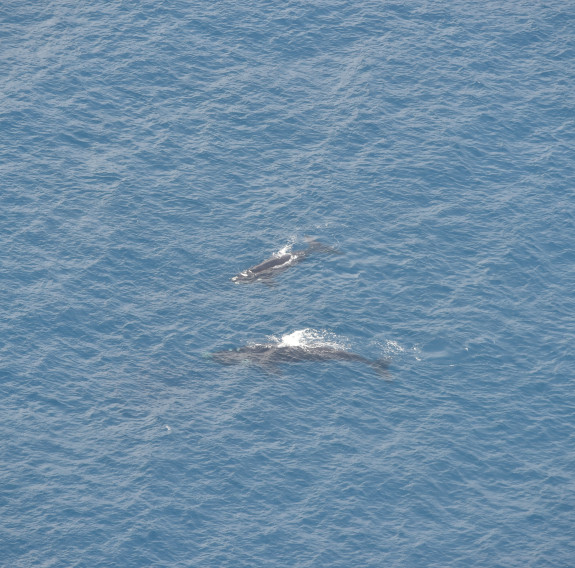
“On the P-3K2, we spend a lot of time looking at the ocean and it’s always a bit of a kick when you spot a whale or a pod of dolphins, so to be tasked with something like whale counting is quite fun, as well as rewarding. It’s also challenging because unlike land-based targets, whales move!” says the Captain, Flight Lieutenant Jade Telford-Simms.
“Knowing that we are contributing to something like whale conservation is a bit left field for a military entity - but it really speaks to the flexibility of the aircraft and the crew.”
- Flight Lieutenant Jade Telford-Simms
The flight was also conducted to collect surveillance information of DoC hut facilities on the islands and patrolling fishing vessels operating in the area.
This year’s flights are some of the last flights the Orion P-3K2s will undertake in the Southern Ocean, before the arrival of the new P-8A Poseidon fleet of maritime surveillance aircraft.
